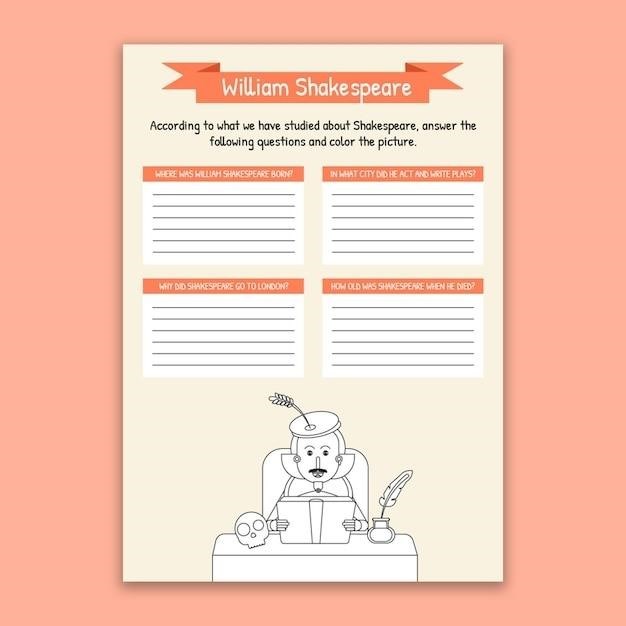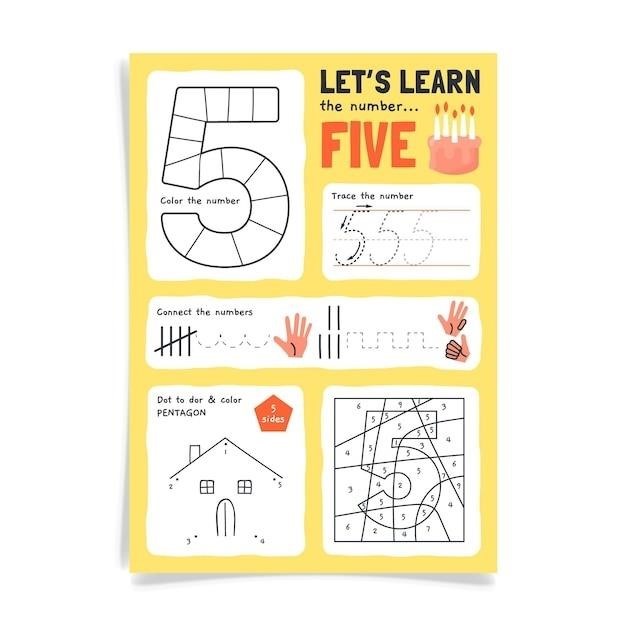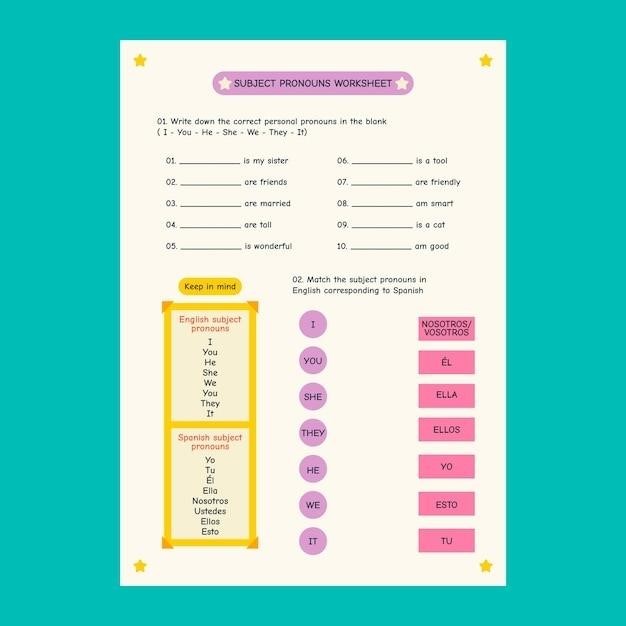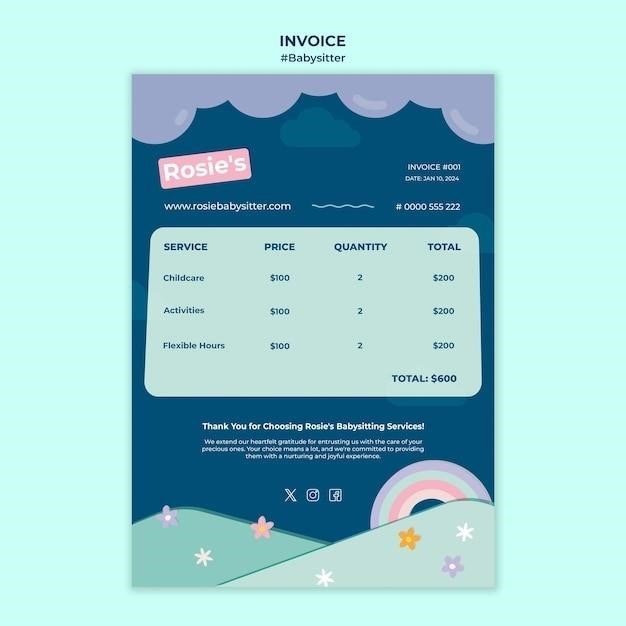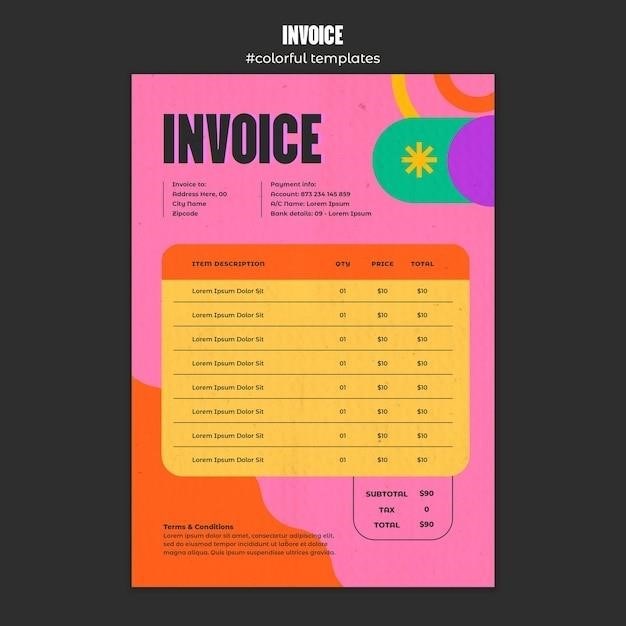The Dictators Handbook⁚ A Guide to Political Survival

The Dictators Handbook⁚ Why Bad Behavior is Almost Always Good Politics is a 2011 non-fiction book by Bruce Bueno de Mesquita and Alastair Smith, published by the company PublicAffairs. It discusses how politicians gain and retain political power.
The Authors and their Work
The Dictators Handbook⁚ Why Bad Behavior is Almost Always Good Politics is a 2011 non-fiction book written by political scientists Bruce Bueno de Mesquita and Alastair Smith. Both authors are professors at New York University and have extensive backgrounds in political science and international relations. They are known for their innovative approach to studying political power dynamics, particularly in the context of dictatorships.
Bruce Bueno de Mesquita is a fellow at the Hoover Institution and a leading figure in the field of formal political theory. He has published numerous books and articles on topics such as international conflict, game theory, and the study of political decision-making. His work has been influential in shaping our understanding of how leaders make choices in the face of complex political realities.
Alastair Smith is also a recognized expert in political science and international relations. He has co-authored several books with Bueno de Mesquita, including “The Logic of Political Survival,” which provides a framework for understanding how leaders maintain power in various political systems. Smith’s research focuses on the dynamics of political survival, the role of institutions, and the influence of international factors on domestic politics.
The Central Thesis⁚ Power Above All Else
The central thesis of “The Dictators Handbook” is that political leaders, especially dictators, are primarily motivated by the desire to maintain their power. This ambition trumps all other considerations, including the national interest, economic well-being, or even the well-being of their own citizens. The authors argue that leaders prioritize their own survival and will resort to any means necessary to achieve this goal.
This thesis challenges traditional views of political leadership, which often emphasize ideals like serving the people or promoting national prosperity. “The Dictators Handbook” instead presents a more cynical and pragmatic view of politics, arguing that leaders are fundamentally rational actors who make decisions based on their own self-interest. This perspective is grounded in the authors’ use of game theory, a mathematical approach to analyzing strategic interactions, to model how leaders navigate the complex world of power politics.
The book’s central thesis is that leaders, especially those in authoritarian regimes, are primarily motivated by self-preservation, often prioritizing their own power and survival above all else, including national interest, economic well-being, or even the well-being of their own citizens.
The Importance of Coalitions
A key concept in “The Dictators Handbook” is the importance of coalitions in maintaining power. The authors argue that dictators, despite their absolute authority, are not immune to the need for support and must carefully cultivate and manage coalitions of key individuals and groups to ensure their continued rule. These coalitions may consist of military leaders, influential businessmen, religious figures, or any other group that can provide the dictator with the necessary political and economic resources.
The authors emphasize that these coalitions are not static and can shift over time. A dictator must constantly assess the needs and interests of their coalition members and make concessions to maintain their loyalty. This can involve providing patronage, granting special favors, or even engaging in selective repression to eliminate potential rivals within the coalition. The ability to effectively manage these coalitions is essential for a dictator’s long-term survival.
The book argues that dictators, even though they appear to have absolute authority, are not immune to the need for support and must carefully cultivate and manage coalitions of key individuals and groups to ensure their continued rule.
Maintaining Power⁚ Strategies and Tactics
The Dictators Handbook outlines several strategies and tactics that dictators employ to maintain their grip on power. These strategies are designed to suppress dissent, control information, and consolidate their authority. The book explores how dictators utilize a combination of repression, propaganda, and manipulation to maintain their rule.
One key tactic is the control of information. Dictators often restrict access to independent media and censor information that could challenge their authority; They may use propaganda to create a narrative that justifies their actions and demonizes their opponents. This control of information serves to limit public awareness of abuses and undermine dissent.
Another important element is the use of repression. Dictators may employ various methods to silence opposition, including imprisonment, torture, and even extrajudicial killings. This repression serves as a powerful deterrent to anyone considering challenging the dictator’s rule. By creating an atmosphere of fear and intimidation, dictators aim to discourage any form of resistance.
The Role of Economic Resources
The Dictators Handbook emphasizes the crucial role of economic resources in maintaining power. Dictators understand that controlling the flow of wealth is essential for both securing their position and rewarding their loyal supporters. They utilize a variety of strategies to exploit and control the economy, often using it as a tool for maintaining power and consolidating their authority.
One common approach is to concentrate economic power within a select group of individuals or entities loyal to the dictator. This creates a system of patronage and dependence, where those who benefit from the dictator’s economic policies are incentivized to remain loyal. This can involve granting lucrative contracts, providing access to resources, or simply bestowing favors upon loyalists.
Another tactic is the use of state-controlled enterprises or monopolies. By controlling key industries, dictators can direct economic resources towards their own goals and limit the influence of potential rivals. This strategy allows them to control vital sectors of the economy, ensuring their own financial stability and providing a means to reward loyal supporters.
The Dictator’s Toolkit⁚ Repression and Control
The Dictators Handbook delves into the brutal reality of repression and control employed by authoritarian regimes. The authors argue that dictators are not driven by abstract ideologies or grand visions, but by a singular goal⁚ maintaining their grip on power. To achieve this, they rely on a toolkit of repressive tactics, often utilizing fear and intimidation to silence dissent and maintain control.
One key component of the dictator’s toolkit is the use of security forces. These forces, often loyal to the dictator, serve as a constant reminder of the regime’s power and are deployed to quell any sign of opposition. This can involve the use of force, arbitrary arrests, and even extrajudicial killings. The regime may also control the flow of information, censoring media outlets and limiting access to independent sources, creating a climate of fear and uncertainty.
Furthermore, dictators often create a system of informants and surveillance, infiltrating society to identify and eliminate potential threats. This network of informants allows the regime to monitor dissent, crush opposition groups before they can gain momentum, and maintain a constant sense of fear among the population.
The Dictator’s Mindset⁚ Paranoia and Distrust
The Dictators Handbook reveals a chilling portrait of the dictator’s mindset, characterized by deep-seated paranoia and an unshakeable distrust of those around them; This psychological state is not simply a personal quirk but a consequence of the power dynamics inherent in dictatorship. Surrounded by sycophants and potential rivals, dictators are constantly on edge, fearing betrayal and conspiracies against their rule.
This paranoia manifests in various ways. Dictators often surround themselves with a small circle of trusted advisors, carefully vetted and monitored for loyalty. They may resort to purges and executions to eliminate perceived threats, creating a climate of fear even among their closest allies. Their suspicion extends to their own families, as they fear being overthrown by ambitious relatives.
The dictator’s distrust also permeates their decision-making processes. They may be reluctant to delegate authority, fearing that others will usurp their power. They may also be suspicious of any information that contradicts their own worldview, leading them to make irrational decisions based on distorted perceptions of reality. This paranoia and distrust ultimately undermine the dictator’s ability to govern effectively, leading to instability and even self-destruction.
The Global Context⁚ The Rise of Illiberalism
The Dictators Handbook, while primarily focused on the dynamics of individual dictatorships, also offers insights into the broader global trend of illiberalism. The authors argue that the rise of autocratic regimes is not simply a product of historical accident but a consequence of specific political and economic forces that are reshaping the world order.
The book points to the weakening of democratic institutions in many countries, fueled by factors such as economic inequality, political polarization, and the erosion of trust in traditional institutions. These factors create fertile ground for populist leaders who exploit public anxieties and offer simplistic solutions to complex problems. These leaders often appeal to nationalist sentiments, demonize their opponents, and undermine the rule of law, paving the way for authoritarian rule.

Furthermore, the book highlights the role of technology in facilitating the rise of illiberalism. Social media platforms, for instance, have been used to spread misinformation, manipulate public opinion, and suppress dissent. This digital landscape allows autocrats to control information flow, stifle opposition, and consolidate their power, making it increasingly difficult to challenge their rule.
The Implications for Democracy
The Dictators Handbook, while offering a cynical perspective on the motivations of political leaders, also has significant implications for the future of democracy. The book’s central argument that leaders prioritize their own survival above all else, even at the expense of national interests, raises serious questions about the sustainability of democratic systems. If even democratic leaders are susceptible to the temptations of power and self-preservation, how can we ensure that they remain accountable to the people they represent?
The book’s insights into the tactics used by dictators to maintain control, such as cultivating loyal coalitions, manipulating information, and suppressing dissent, serve as a warning about the dangers of unchecked power. It highlights the importance of vigilance in protecting democratic institutions, ensuring freedom of speech and assembly, and holding leaders accountable for their actions.
The Dictators Handbook also emphasizes the role of economic inequality in undermining democracy. When a significant portion of the population feels economically marginalized and disenfranchised, they are more susceptible to populist appeals and authoritarian promises. Addressing economic disparities and promoting social mobility are crucial for safeguarding democratic societies.
The Legacy of The Dictators Handbook
The Dictators Handbook has left an indelible mark on the study of political science and has been widely debated and discussed since its publication. Its controversial yet insightful analysis of political power dynamics has challenged conventional wisdom and has sparked a renewed interest in the mechanisms by which leaders maintain their grip on power.
The book’s legacy is evident in its widespread influence on academic discourse, media coverage, and public policy debates. It has been cited in numerous scholarly articles and books, and its key concepts have been featured in popular media outlets, including documentaries and television shows. The book has also been credited with influencing the thinking of policymakers and diplomats, who have sought to apply its insights to understanding and addressing the challenges of authoritarianism and political instability.
The Dictators Handbook has also sparked ongoing debates about the nature of power, the role of institutions in shaping political behavior, and the ethical considerations involved in the pursuit of political survival. Its enduring impact lies in its ability to provoke critical thinking about the complexities of politics and the motivations of leaders, both in democratic and authoritarian contexts.



















